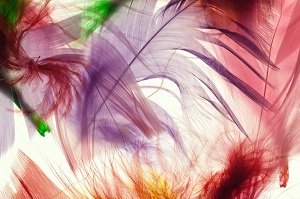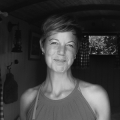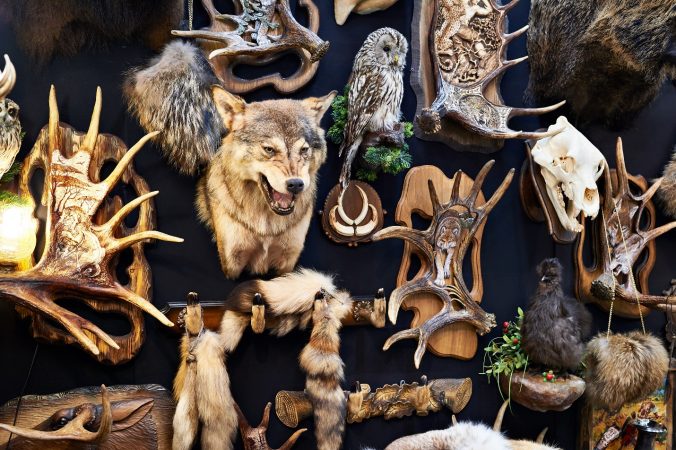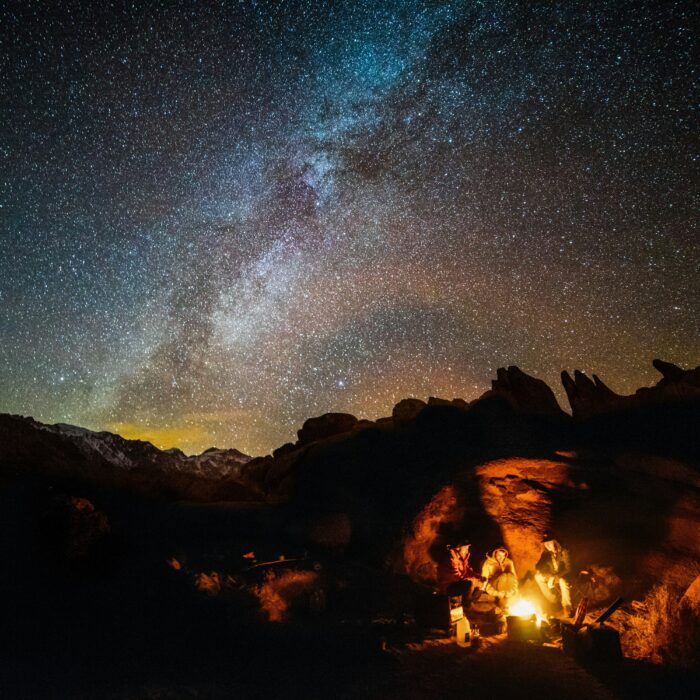You have no items in your cart. Want to get some nice things?
Go shopping
How to use this guide
Since the earliest cave paintings, humans have been obsessed with flight and all things feathered. As we have evolved, birds in other forms have evolved with us, but in recent years the distraction of flickering screens and eternal motion has hampered our ability to identify them.
Pausing in your usual habitat is the essential beginning to this rewarding activity. Let stillness into your heart, and you will notice the ruffle of feathers wherever you wander, with a multitude of species nesting in such unassuming places as bookshelves and kitchen cupboards, theatres and temples of worship, even on your own bodies.
This pocket-sized handbook is an informative reference guide for identifying the various species of birds in other forms that can be found while you go about your daily life, including information on habitats and nesting sites for those who wish to carry out more focused observations.
1. Common Symbolic Communis Symbolic
This mercurial bird can take many forms and flourishes across the world, with peace appearing as a dove, power as a falcon, death as a raven, and rebirth as a phoenix. This is by no means an exhaustive list, with representations as wide and meaningful as the human imagination allows.
Its preferred habitat is the gap between language and meaning, but will also tolerate flags, family crests, greeting cards and casually used clichés.
The symbolic is identifiable by its physical reflection in aspects of human experience, such as the wide eyes of the owl denoting intelligence, or the necks of swan lovers creating the shape of a heart. The swan also mates for life, which makes us believe they feel love and devotion, which somehow strengthens our own love and devotion.
The common symbolic builds its nest in the heart and the mind, the subsequent clutch of pale blue eggs hatching as early wisdom and growing into universal recognition.
| Regional Habitats |
| Mythology: Caladrius is a mythical snow-white bird who nests with the royals in ancient Rome. She absorbs sickness and disease from her featherless companions and flies with it skyward to be burned up by the sun. If, however, she should turn away from the suffering mortal, death is sure to follow. Folklore: When an Indonesian sparrow flies into a human home, the family will be blessed with good luck. If she feels so inclined to settle and build a nest there, a Field Guide to Birds/ Gander 3 wedding is sure to follow. Religion: In the Bible, the blackbird symbolises temptation and sin, the lark humility and honesty. In Hinduism, the robin’s red breast signifies a person’s kundalini, which uncoils from the base of the spine to move upwards as spiritual growth is achieved. Dreams: In the fluid and imaginative realm of the nocturnal subconscious, a flying eagle suggests spiritual freedom; the cutting of a bird’s wings suggests a desire to stifle the freedom of another; and a bird ascending portends that creative work is imminent. |
2. Body Warbler Corpus Warbler
Commonly known as the Ink Warbler, this colourful bird can be found on any area of the human body with space enough for the desired image; a goldfinch on the arm, an eagle in flight across the back, a cluster of blackbirds circling the ankle.
The warbler produces sporadic broods depending on inspiration and finances, but when conditions are right the breeding season is intensive and always accompanied by a distinctive buzz buzz buzz song and the occasional call of pain.
Aftercare is essential for fledglings to grow into healthy adults, with a clean environment and nourishing cocoa butter ensuring shimmering plumage and a sharply distinctive beak. Once healing has occurred, a range of calls can be heard from other species within their territory, including hmmm, oh!, aah, and huh?, followed by variations on Who did it…? I don’t normally… How does it…? Why did you…?
Some mature adults can perish with too much sun or poor habitat care, so these birds can often be found returning to their original nesting ground for touch-up or cover-up work. This has a rejuvenating effect that often leads to long life and further breeding.
| Illustration of the ink warbler in flight ‘Against the shaven skin, the lacerated eagle is swollen in tri-coloured fury, claws curved sharp as butcher’s hooks.’ from The Fifteen-Dollar Eagle, by Sylvia Plath |
3. Hooded Metaphor Cucullatus Metaphora
The Hooded Metaphor is related to the common symbolic, but the metaphor can be distinguished by its sideways comparison, displaying a slide from observation to emotion and meaning. A particularly striking specimen is Maya Angelou’s caged bird, who sings regardless of imprisonment within her gender and the persecuted colour of her plumage.
As illustrated above, the hooded metaphor can be found across a variety of art forms, including literature, theatre, film, music and dance. It prefers to feed wherever deep emotion resides, with nests of creativity holding one or more large white eggs that may take anything from several weeks to several years to hatch. The fledglings are particularly vulnerable to attack by predators and casual remarks, so nesting sites are often hidden away from others of the same species.
| Common nesting grounds | Hunting & diet |
| Draughty garrets, lonely studios & garden sheds Sites of caffeinated stimuli, such as cafés & restaurants Beds, sofas, armchairs & tables Grand oak desks with a view of the ocean | Core diet includes trauma, confusion, conflict and loss. The metaphor often turns away from joy and peace, but these may be considered if the core diet is scarce. Note on cannibalistic tendencies – may be found hunting fellow art forms, particularly when the nest is empty |
| Conservation: While nesting grounds are commonplace, the habitat of the adult is increasingly threatened by hostile environmental factors that prevent flight. Investment is required to ensure the continuation of this dedicated but impoverished species, particularly in habitats such as theatres, music venues and other sites of artistic communion. |
4. The Man-Made Mimic Manmade Imitantur
This invasive species first emerged in the hungry eyes of the earth-bound. Their skyward observations resulted in all manner of nests and fledglings, and finally to the desired flight of creations such as kites, aeroplanes, helicopters, drones, microlights, hang gliders and hot-air balloons.
| Population Control While several sub-species, such as kites, hang gliders and hot-air balloons should be encouraged to flourish, many others (aeroplanes in particular) have a destructive effect on the environment and therefore should be carefully controlled. Recent global events have gone some way in achieving this, but vigilance is required if this lowered population is to be maintained. In extreme circumstances, culling may be required. |
The mimic’s song varies depending on its sub-species, and can fly from a few minutes to many hours, sometimes for brief periods of migration. Each sub-species exhibits different behaviours, with kites displaying playful enjoyment, aeroplanes a determined hunger for their destination, and hot-air balloons an almost meditative communion with the sky. It is the sky where the mimic prefers to reside, a place where clouds shift with the wind, where light lingers to arch a rainbow, where freedom can be tasted on the tongue.
This is a time when the mimic feels something akin to peace.
***
Final Note: Please remember to respect the habitats of all the creatures to be found in this guide, particularly during their nesting and feeding seasons. While many of these species are commonplace, they serve an invaluable function in taking us away from our known world, up, up, up to be held in blissful drift alongside the clouds and the light of the nourishing sun. Here we begin to feel our connection to the everchanging earth below, the heavenly mystery of space above, and the sky we temporarily inhabit.
Here, we see ourselves within the truth of all things.
Here, we are One.

About Sally Gander
Sally Gander writes speculative fiction and creative nonfiction. Her work has appeared in Hinterland, Litro, The Lincoln Review, Novus Literary & Arts Journal and Epoch Press, and has been nominated for the Pushcart Prize. She has taught on the prestigious Creative Writing program at Bath Spa University, and currently teaches at the Open University and Advanced Studies in England. You can read more of her published work at https://sallymgander.blog/publications/. Instagram: @sallygander68




